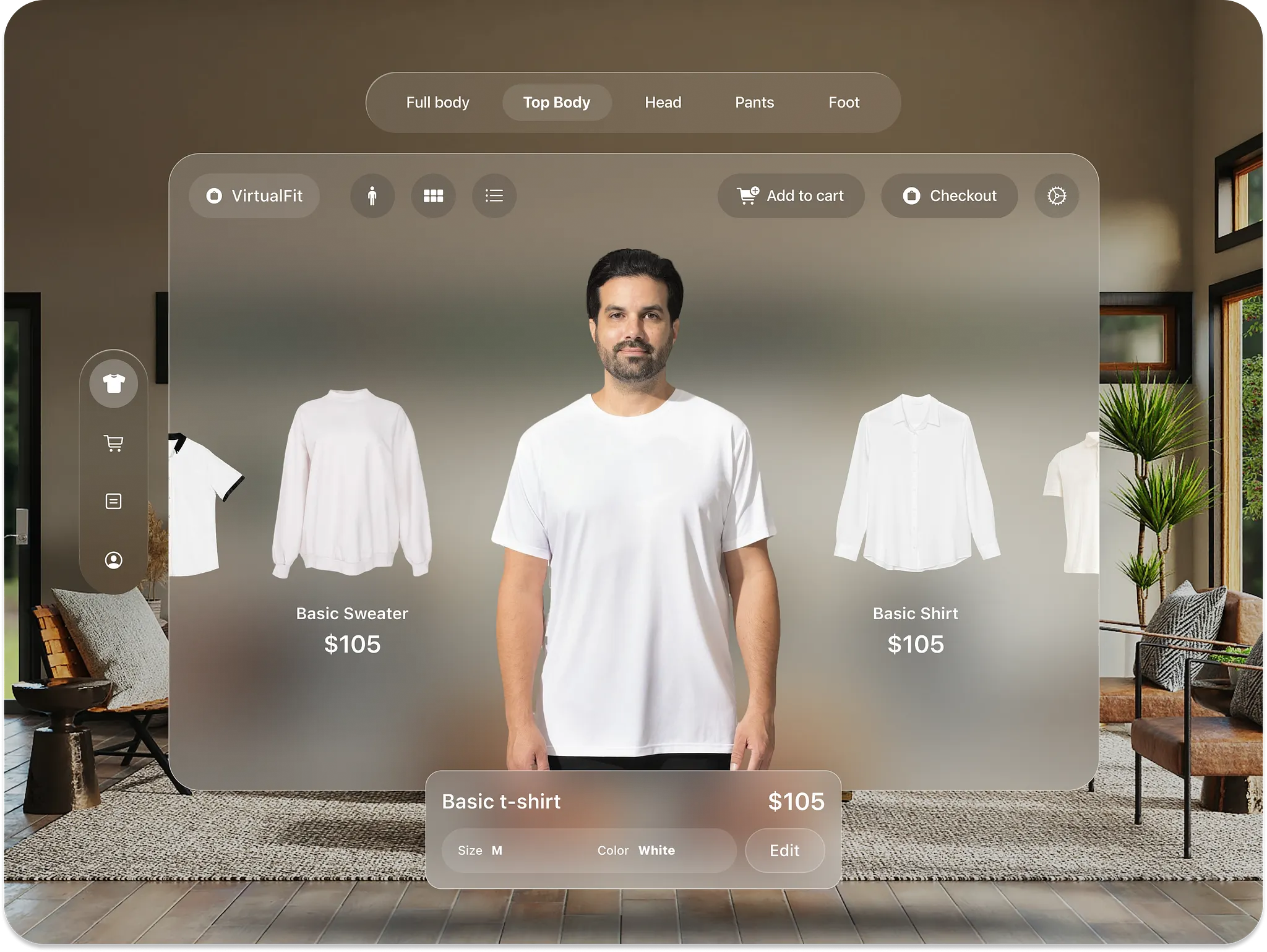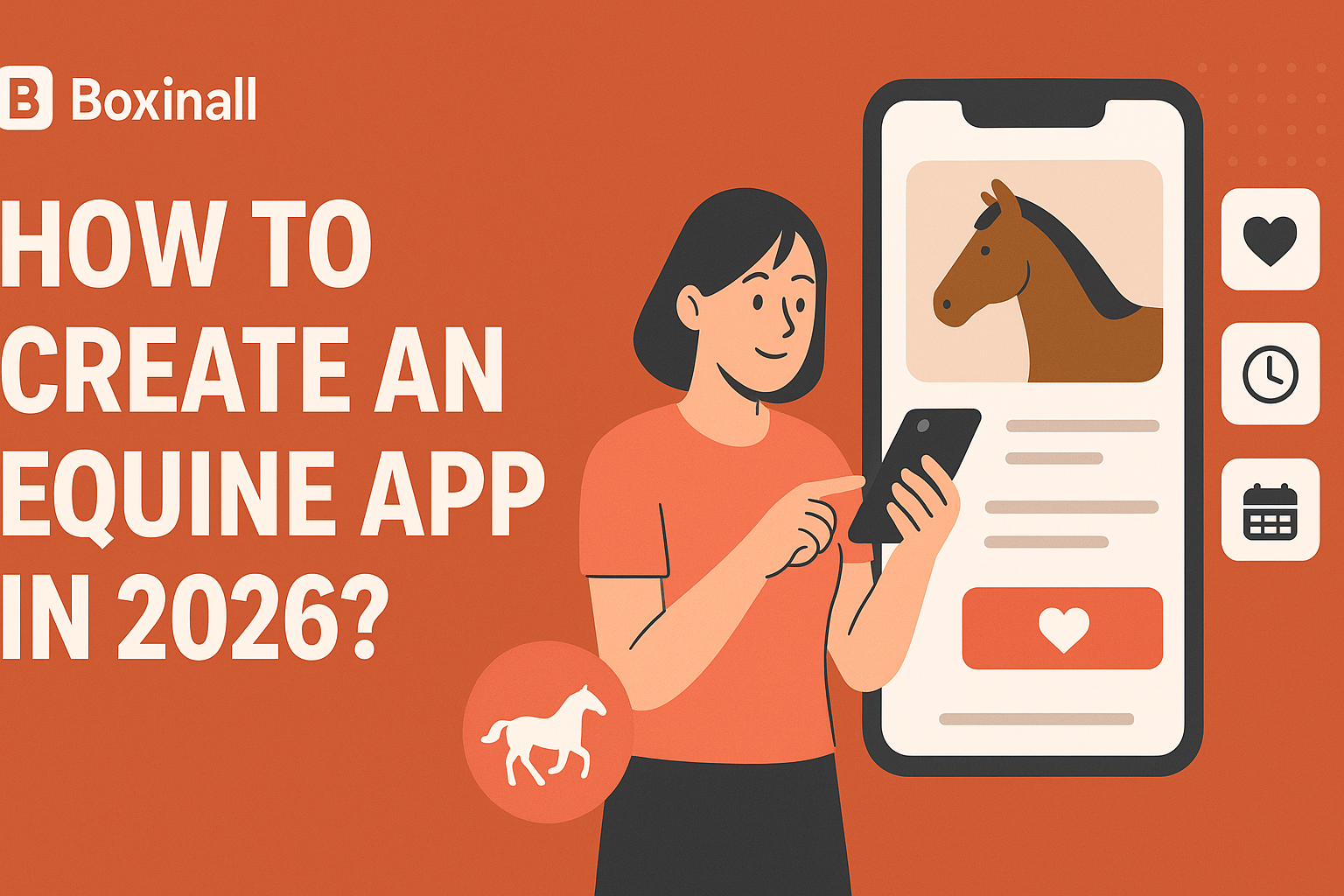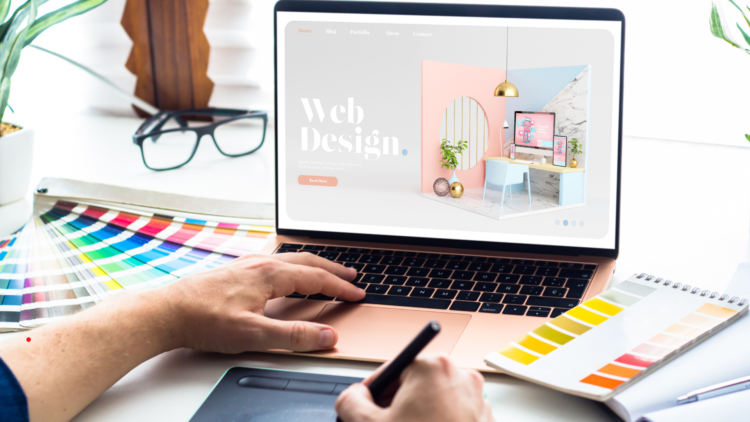In today’s digital-first retail landscape, the gap between online convenience and in-store experience continues to narrow thanks to innovative technologies. Among these, virtual try-on (VTO) technology stands out as a game-changer, transforming how consumers shop for products ranging from clothing and accessories to cosmetics and home décor. Let’s explore this revolutionary technology and some impressive implementations that are reshaping the personal shopping experience.
What is Virtual Try-On?
Virtual try-on technology uses augmented reality (AR), artificial intelligence (AI), and computer vision to allow shoppers to visualize products on themselves or in their environment without physical interaction. Using a smartphone, tablet, or computer camera, customers can see how items look on their bodies, faces, or spaces in real-time, creating an immersive and interactive shopping experience that bridges the digital-physical divide.
The technology typically works by overlaying digital representations of products onto live or uploaded images, with advanced algorithms ensuring proper sizing, placement, and realistic rendering. Some systems even account for lighting conditions, textures, and movement to deliver remarkably accurate visualizations.
Benefits of Virtual Try-On
The advantages of virtual try-on technology extend to both retailers and consumers:
For consumers:
- Convenience: Try numerous products instantly without visiting physical stores
- Confidence: Make more informed purchasing decisions and reduce return rates
- Personalization: Experience tailored recommendations based on preferences and fit
- Safety: Shop without physical contact (particularly valuable post-pandemic)
- Fun factor: Enjoy an engaging, interactive shopping experience
For retailers:
- Increased conversion rates: Studies show VTO can boost conversions by 30-40%
- Reduced returns: Better product visualization leads to fewer fit or style mismatches
- Extended reach: Attract tech-savvy consumers and expand market presence
- Enhanced data collection: Gain insights into customer preferences and behavior
- Sustainability impact: Fewer returns means reduced carbon footprint from shipping
Now, let’s look at six standout examples of virtual try-on technology that are revolutionizing personal shopping.
6 Virtual Try-On Examples
1. Warby Parker’s Virtual Eyewear Try-On
Warby Parker pioneered virtual try-on in the eyewear space with their face-mapping technology. Their mobile app uses the device’s camera to create a 3D map of the user’s face, allowing customers to try on hundreds of eyeglass and sunglass frames virtually. The technology accurately shows how frames fit the user’s unique facial structure from different angles, complete with realistic shadows and reflections.
What makes it exceptional is the precision of their fit algorithm, which accounts for factors like temple width, bridge fit, and how glasses sit on different nose shapes. This attention to detail has helped Warby Parker reduce return rates while expanding their primarily online business model.
2. Sephora Virtual Artist
Sephora’s Virtual Artist tool sets the standard for cosmetic try-ons. Using facial recognition technology, the tool maps a user’s facial features and allows them to experiment with thousands of makeup products, from lipsticks and eyeshadows to foundation shades and eyeliners.
The standout feature is its tutorial mode, which provides step-by-step guidance for achieving specific looks. Users can see how products appear on their skin tone under different lighting conditions, creating a highly personalized experience. Sephora has reported significant engagement metrics, with customers trying an average of 20+ products per session—far more than would be possible in-store.
3. Nike Fit
Nike addressed one of online footwear shopping’s biggest challenges—finding the right size—with Nike Fit. This scanning technology uses the smartphone camera to create a detailed scan of the user’s feet, measuring multiple dimensions beyond simple length and width.
The technology collects 13 data points per foot and uses this information to recommend the ideal size for specific Nike shoe models, accounting for the unique design and fit characteristics of each style. This personalized fitting experience has reportedly reduced size-related returns by over 20% where implemented, demonstrating how virtual try-on can solve practical shopping problems.
4. IKEA Place
Extending virtual try-on beyond wearables, IKEA Place allows customers to visualize furniture and home accessories in their actual living spaces. Using AR technology, shoppers can select from thousands of IKEA products and see them rendered to scale in their homes.
The application is sophisticated enough to detect floor surfaces and adjust product placement accordingly, even accommodating for lighting conditions to create realistic shadows. Users can walk around the virtual furniture, viewing it from different angles, and even test different color options. This practical application has transformed furniture shopping by eliminating the guesswork of whether items will fit or match existing décor.
5. L’Oréal Style My Hair
L’Oréal’s Style My Hair application takes virtual try-on into the professional salon space. The technology allows users to experiment with different hair colors and styles before committing to a change. Using sophisticated color rendering algorithms, it shows realistic results based on the user’s current hair color and type.
What sets this example apart is its integration with salon professionals. Stylists can use the tool during consultations to align expectations and visualize outcomes before beginning treatment. The technology has been credited with increasing customer satisfaction and reducing color correction appointments at participating salons.
6. Gucci Virtual 25
Taking virtual try-on into new territory, Gucci’s Virtual 25 sneakers exist exclusively in the digital realm. These digital-only sneakers can be “worn” in augmented reality or in various virtual environments and social media platforms.
While not replacing physical footwear, this innovative approach represents the emerging frontier of virtual fashion, where digital products complement physical ones. Users purchase the virtual sneakers and can then use them across various digital platforms through a dedicated app. This example demonstrates how virtual try-on is evolving beyond being merely a tool for selling physical products to become a product category itself.
The Future of Shopping
Virtual try-on technology continues to evolve rapidly, with advancements in AI, computer vision, and AR making experiences increasingly realistic and useful. Future implementations will likely feature more haptic feedback to simulate textures, improved body-tracking for better clothing simulations, and greater integration with social commerce.
As consumers grow more comfortable with these technologies, we can expect virtual try-on to become a standard feature across retail categories, further blurring the lines between digital and physical shopping experiences.
For retailers looking to stay competitive in an increasingly digital marketplace, implementing virtual try-on solutions offers a compelling opportunity to enhance customer experience, reduce returns, and drive conversions. And for shoppers, it means more confidence, convenience, and enjoyment in the purchasing process—truly the best of both physical and digital worlds.
Whether you’re a consumer looking for more convenient ways to shop or a retailer seeking to innovate your customer experience, virtual try-on technology represents one of the most exciting developments in modern retail—one that promises to make personal shopping more personalized than ever before.



